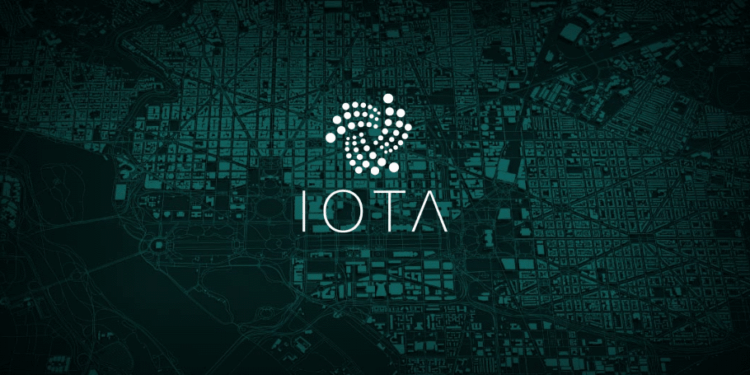If you have been trading on multiple exchanges, it’s probably because they don’t get all list the same projects. Part of the reason for this is the listing fees – at this point, every dev team in crypto want their coin on Binance, but Binance’s listing fees have risen with their dominance of the exchange market.
IOTA Hub
Therefore, most projects start out on smaller exchanges – often only free-to-list DEXes, hoping to claw their way up the charts and negotiate listings on more and more popular exchanges.
The result is that most projects that eventually get listed on Binance (and the other large exchanges) got listed on smaller ones first, and climbed their way up. For those who were with us during the last few months of the bull run, you may remember what a fervor there was as traders tried to predict which coins were about to be listed on the most significant exchanges.
But it was pretty rare for a coin to be listed on Binance while not being listed on many of the smaller exchanges. Iota was one of those few cases – and today we’ll take a look at why.
IOTA is a cryptocurrency protocol that does not make use of blockchains. It uses something similar you may have heard referred to as the ‘Tangle.’ The ultimate goal for IOTA is to become the standard platform for the Internet of Things – self-leasing cars, fridges that do your shopping for you, pay-per-second streaming services and so on.
The scope of the potential market space there is beyond what I can easily hint at, but so is the magnitude of the challenge in becoming that platform. The main issue that the founders of Iota realized blockchain could not solve is sheer scalability.
A Work in Progress
They needed a protocol that could handle not a few transactions per second, like Bitcoin. Not a few thousand, like Visa and Mastercard. They required near enough infinite scalability, and they needed it to be feeless.
And that is the point of Iota. It is built from the ground up to maintain the decentralized aspect of crypto while allowing transaction and communication throughput to scale until it hits the ceiling imposed by your data plan.
Like most projects in crypto, IOTA is still a work in progress. While the project has been in development since 2015, it still sees significant improvements with some frequency and has a long way to go if it is to make itself a cornerstone of the Internet of Things.
All the original code and architecture does cause one issue for IOTA, though. While Bitcoin and Litecoin and every other Bitcoin clone have nearly identical code bases, and while every ERC20 token is transmitted the same way on the Ethereum chain, Iota is a beast of its own.
Finding Robust Solutions to Issues
For most of IOTA’s lifespan, it has been difficult enough to get a wallet working in under an hour, let alone integrate it into an exchange. Those who have considered it have run into a multitude of issues, such as how to deal with deposit addresses that have to change (for security reasons) every time you make a withdrawal – easy to keep in mind for a single wallet, but a nightmare when you have thousands of users depositing and withdrawing over the course of a day.
Other issues have included the frequent need to resubmit transactions, as Iota’s architecture causes a much larger percentage of transactions to end up not confirming.
Because of this, for most of 2017 very few exchanges were considering listing IOTA, but a small startup in China went through all the effort to stand out and offer a currency the other little startups did not have, mainly as Iota was the subject of a lot of interest and speculation, but without a good place to trade it.
This brought a lot of early traffic and attention to Binance. And people found they liked it there. Then as Binance grew to the dominance, they now have, Iota benefitted in turn. But it did remain difficult for other exchanges to list, leading to the unusual situation where it could be traded hardly anywhere except on one of the most significant exchanges of all.
IOTA Hub to Ease Listing Process
The Iota Foundation and volunteers have been working on these issues, however, and 2018 has seen very significant progress. The tip selection algorithm – that is, the way the network works to confirm transactions, has been improved, drastically cutting down on the need to resubmit transactions.
With the Trinity wallet improvements by members of the community, the few that need it can be reintroduced automatically, very nice quality of life improvement. But the most significant development of the year – so far at least – maybe the release of the IOTA Hub.
The Hub is a tool which greatly simplifies the issues that have made it difficult for exchanges to list Iota – and will undoubtedly help other organizations dealing with the high throughput of Iota transactions in the future. It also increases security, limiting the damage an attacker can do even if they were to gain access to a system.
When IOTA Hub was released, the Foundation expressed not only satisfaction with being able to make life easier for current exchanges that have listed the project, but also confidence that more exchanges will be able to offer trading going forward. So far in 2018, IOTA has seen a big step forward for convenience, and a bigger one for adoption.























